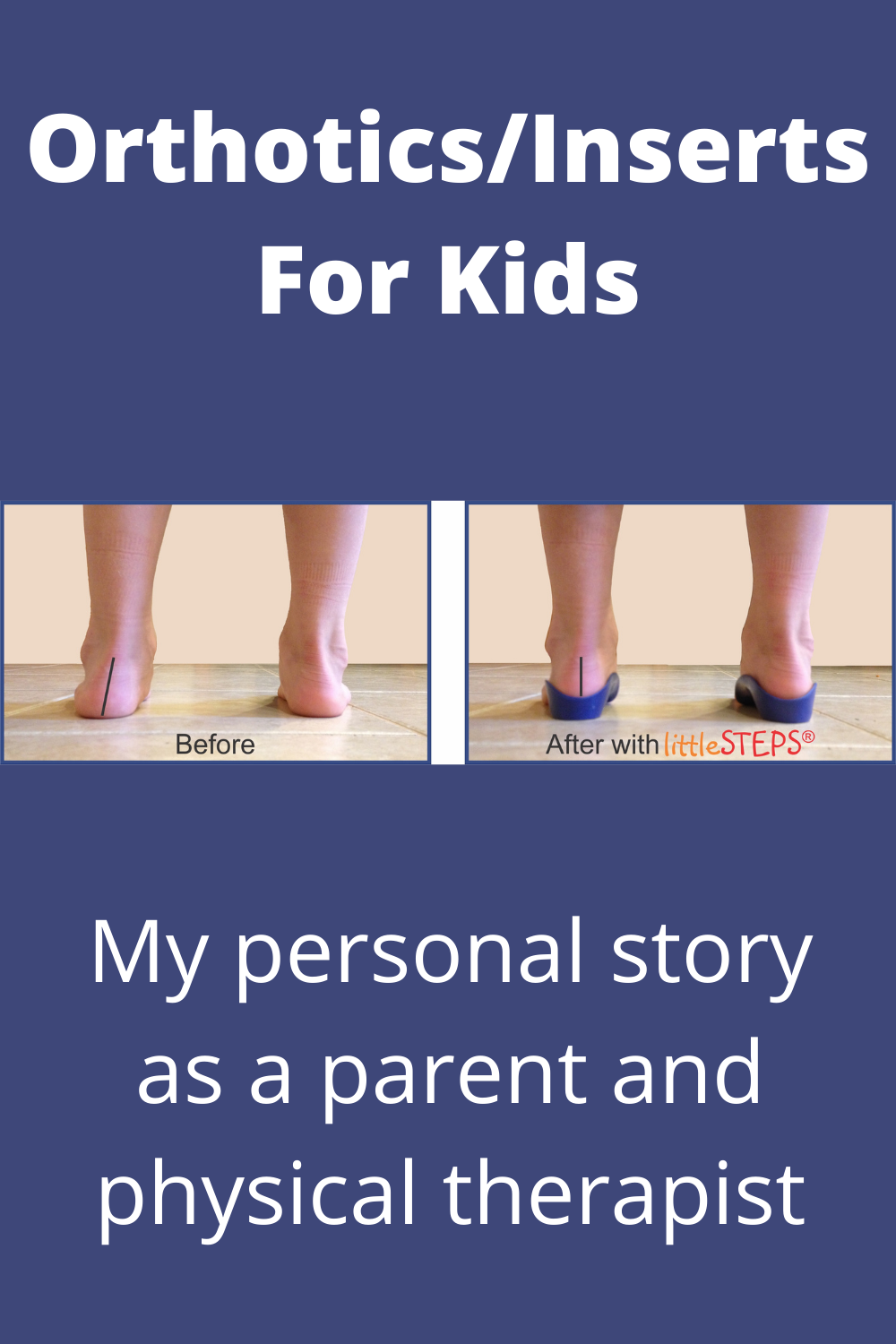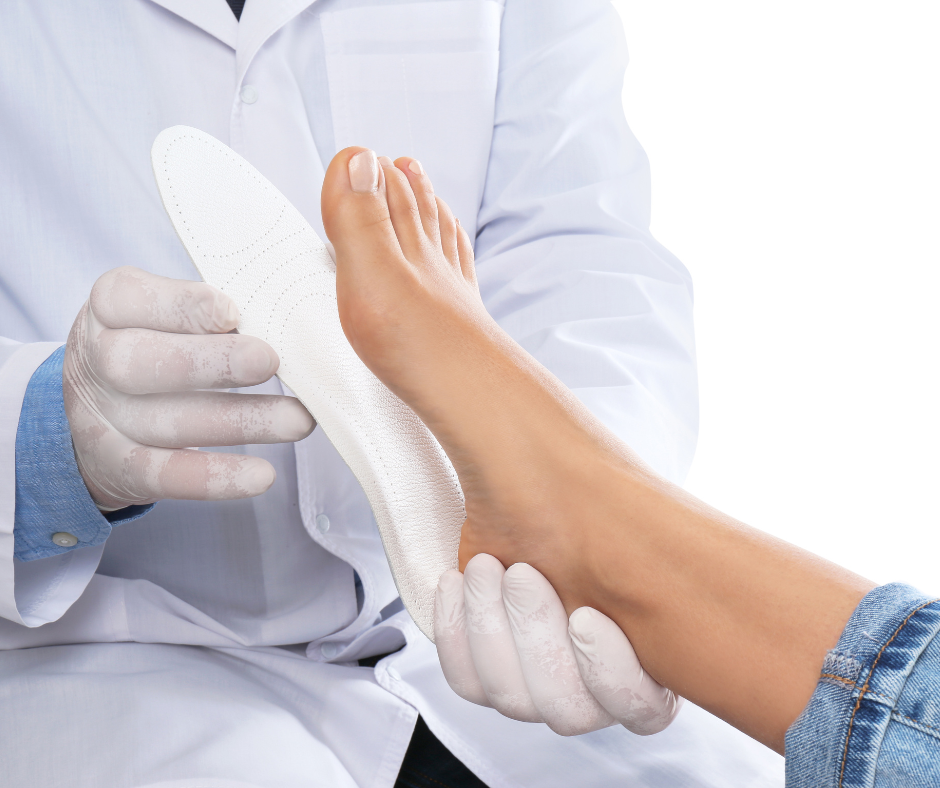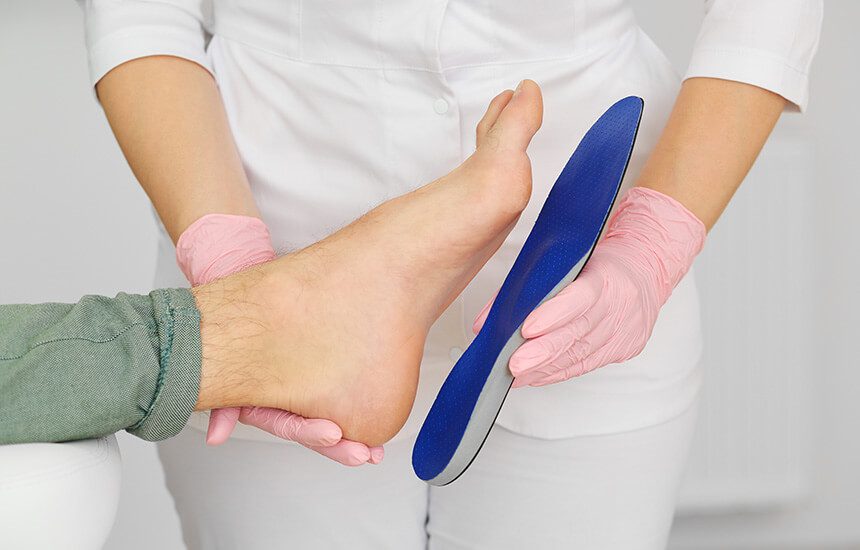Basics of Ski Boot Architecture and Fit Lyons CO
Basics of Ski Boot Architecture and Fit Lyons CO
Blog Article
Bootfitting Options for Skiers Broomfield CO
Choosing the best ski boot can significantly affect your skiing experience, impacting both comfort and performance. Understanding the essential components concerned in making this alternative is significant for skiers of all levels, from novices to seasoned consultants. The proper ski boot enhances control over your skis, allowing for better maneuverability on varied terrains.
One of the primary issues in choosing a ski boot is the fit. Ski boots should fit snugly, however not uncomfortably tight. It’s necessary to attempt on various fashions and types, as each has its own distinctive shape and sizing. A good fit will reduce movement inside the boot, reducing the possibility of blisters and making certain that your power is transmitted effectively to your skis.
Ski & Snowboard Boot Fitting Overview Dacono CO
Keep in thoughts that most ski boots come in numerous widths. The size of the boot is solely one element of fit; the width will create a more personalized experience. Boots are often categorized as narrow, medium, or wide, catering to totally different foot shapes. Your foot shape will largely dictate which width is best suited for you, impacting how comfortable you feel throughout your snowboarding periods.
Next, the flex index have to be taken into account while choosing the right ski boot. Flex refers to how stiff or delicate a boot is, with stiffer boots offering extra control and response. On the other hand, softer boots are extra forgiving and simpler for newbies to manage. Advanced skiers would possibly favor stiffer fashions for optimum performance, while those new to the game might find softer options extra reasonably priced and comfortable.
The supposed ski fashion also performs an important position in your selection - Optimal Fit for Ski and Snowboard Boots Louisville CO. Are you planning on snowboarding totally on groomed trails, or do you aspire to venture into backcountry skiing? Freestyle skiers often select softer boots, permitting for flexibility during jumps and methods. Alpine skiers could opt for stiffer models that promote stability and responsiveness on hard-packed snow or icy situations
Innovative Approaches to Boot Fitting Loveland CO
Another necessary facet is the boot's thermal insulation and how it keeps your toes warm throughout extended exposure to chilly. Insulation supplies vary considerably, and a few boots include added technology for heat retention. If you’re snowboarding in frigid circumstances, choosing a boot equipped for heat can drastically enhance your enjoyment on the slopes.
When assessing the liners of the ski boot, it's clever to know that this part can drastically change the fit and really feel of your boot. Many modern ski boots include heat-moldable liners that conform to the shape of your foot over time. This customization can result in enhanced comfort and improved performance, as the liner provides higher support in your foot and ankle.

Buckle systems are one other factor not to overlook whereas choosing ski boots. The number of buckles impacts how securely the boot matches and the way easily you can take it on and off. Boots with extra buckles provide a extra adjustable fit and better safety. However, those with less complicated systems could additionally be easier for novices to manage. Consider which features matter most to you based on private preference and expertise level.
How Tight Should New Ski Boots Be? Longmont CO
Selecting the proper ski boot size can be sophisticated by differences in manufacturers. Sizes can vary, so it’s advisable to refer to size charts specific to every brand you strive on. Understanding your foot's measurements can guide you toward a extra fitting choice. This information may help you avoid choosing a boot that's either too giant or too small, each of which can detract out of your skiing experience.
It’s important to check for extra options that some boots offer, similar to stroll modes or interchangeable soles. Walk modes allow for easier motion when you’re not on your skis, an excellent boon for many who wish to hike or transfer across the lodge. Interchangeable soles can make the boot more versatile, permitting it to adapt to different types of skiing and even strolling.
Try to seek the steerage of skilled retail professionals when navigating the plethora of choices available. They can provide insights and suggestions based on your skiing type, ability level, and personal preferences. Their expertise will assist filter the appropriate boots that match your needs, guiding you through the nuances of fit and performance.
How Fit Affects Performance in Skiing Superior CO
In conclusion, the search for the proper ski boot combines varied essential elements that require careful consideration. Fit, flex, type, insulation, liners, buckles, dimension variations, and additional features all play a role in your selection. Spending time to analysis and try completely different models can make a substantial difference in each performance and comfort, making certain a more pleasant day on the slopes. Prioritizing these components and looking for skilled recommendation will equip you with the necessary tools to make an knowledgeable choice, resulting in improved snowboarding experiences for years to come.
- Assess your talent degree; newbie skiers usually want softer flex boots, whereas superior skiers profit from stiffer choices for higher management.
- Prioritize fit over model; a well-fitting boot is essential for comfort and performance, whatever the producer.
- Consider the boot’s final width, because it influences the amount of your foot; a narrow final enhances precision for narrow ft, whereas a large last offers comfort for broader ft.
- Pay attention to flex index ratings; each boot has a unique flex rating that matches your skiing fashion and bodily attributes, affecting responsiveness and luxury.
- Explore custom insoles; they will considerably improve comfort and prevent issues such as blisters and cold toes by offering higher arch help and weight distribution.
- Test boots in-store with applicable ski socks; ensure the fit is snug however not painfully tight, permitting for slight wiggle room and correct circulation.
- Look for heat-moldable liners; these could be custom-made to the shape of your foot for enhanced comfort, especially when you expertise any pressure points.
- Consider the type of skiing you plan to do, whether or not it is alpine, backcountry, or freestyle, as each requires specific boot characteristics for optimum performance.
- Check for buckling techniques and features like power straps; an excellent closure can enhance fit, scale back movement, and improve general skiing effectivity.
- Don’t overlook about liner materials; different supplies provide varying ranges of warmth, moisture-wicking, and cushioning, directly impacting your snowboarding experience.undefinedWhat size ski boot ought to I choose?
Choosing the right dimension ski boot is essential for comfort and performance. Measure your foot size in centimeters and consult a ski boot size chart, usually a half-size smaller than your regular shoe size. Always attempt boots on with the proper ski socks for an correct fit.
How do I know if the ski boot is just too tight or too loose?
How Tight Should New Ski Boots Be? Firestone CO
A well-fitted ski boot should really feel comfortable but not painfully tight. Your toes ought to just touch the entrance of the boot when standing upright. When you bend your knees ahead, your toes should pull barely away from the front. A free boot can lead to poor management and blisters.
What is the difference between soft and stiff ski boots?
Find a Fitter for Bootfitting Golden CO
Soft ski boots provide more flexibility and comfort, making them appropriate for beginners or informal skiers - Ski Boot Fit Tips for Comfort Erie CO. Stiff boots present better responsiveness and management for knowledgeable skiers on challenging terrain. It's important to choose primarily based on your ability degree and snowboarding type
Should I contemplate boot width when choosing ski boots?
Yes, boot width, also called "last," is important for comfort. Ski boots come in numerous widths—narrow, medium, and wide. Measure the width of your foot and evaluate every model's fit to make sure comfort and scale back pressure points whereas skiing.
What kind of ski boot is best for my snowboarding style?
Common Questions About Boot Fitting Brighton CO
Consider your skiing fashion: if you plan to experience groomed trails, an all-mountain boot is ideal. Backcountry skiers ought to opt for lighter, extra flexible choices. Freestyle skiers benefit from gentle boots for larger maneuverability. Match the boot type to your skiing desire for optimal performance.

How essential is custom fitting for ski boots?
Balancing Comfort and Performance in Fit Loveland CO
Custom fitting can considerably enhance comfort and performance. Professional boot fitters can adjust your boots to your foot shape, addressing particular pressure points and ensuring a better fit. While not important, it’s useful, particularly for those who ski frequently or have foot issues.

Is it worth spending extra on higher-end ski boots?
Higher-end ski boots typically feature superior materials and know-how, offering higher comfort, performance, and sturdiness. If you ski frequently, investing in a quality pair can improve your experience and allow you to develop higher skills. Consider your snowboarding frequency and magnificence when deciding.
Boot Fitting and Repair Services Louisville CO
What options should I look for in a ski boot?
Look for features corresponding to heat-moldable liners for custom-made comfort, adjustable buckles for a greater fit, and waterproof materials to maintain your toes dry. Flex rating, insulation, and weight are also important factors that ought to align with your skiing wants and conditions.
Ski Boots: Analyzing Fit Specifications Nederland CO
How do I preserve and store my ski boots?
Always dry your ski boots after every use to prevent moisture buildup, which may result in odors or deterioration. Store them in a cool, dry place away from direct sunlight. Regularly examine the liners, buckles, and soles for wear and tear to ensure they remain in good condition.
Click Here our website Report this page